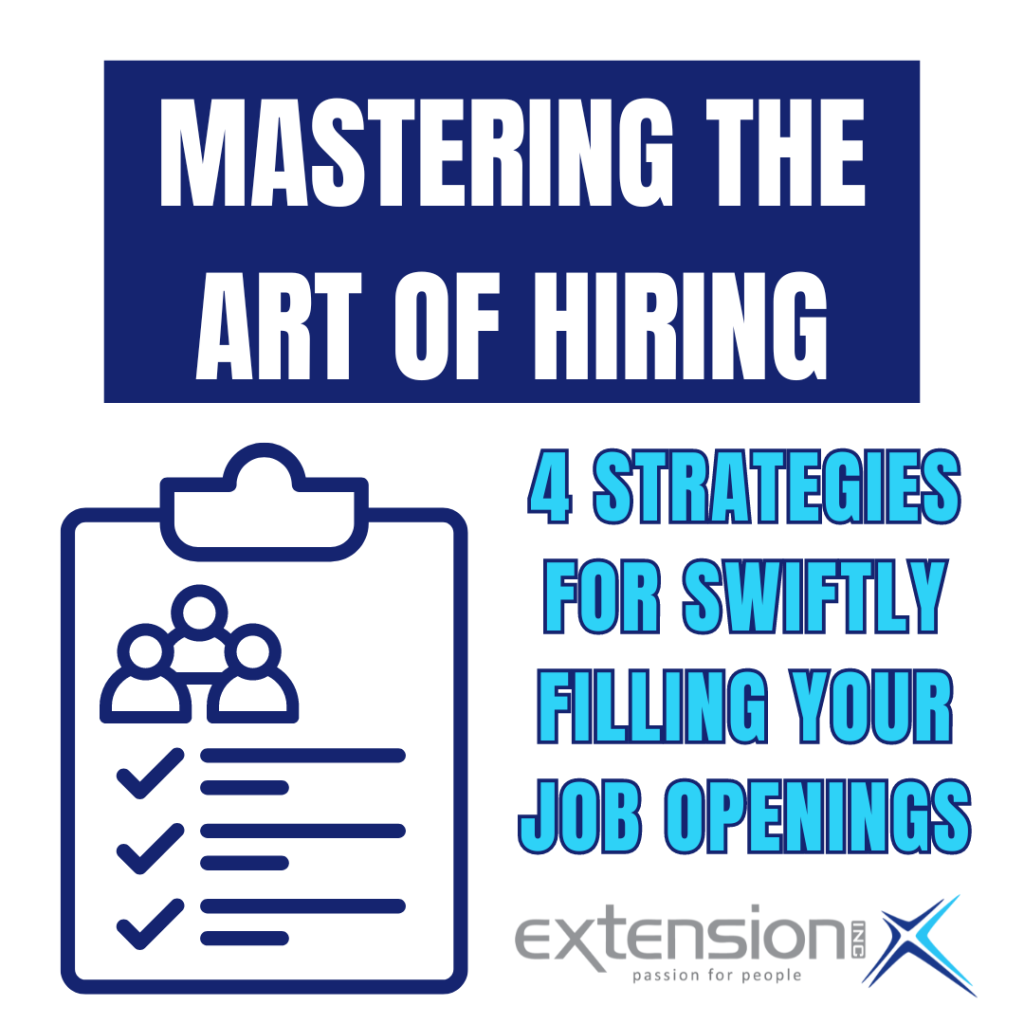Refine results
Do You Know Your Employees’ Goals?

What are your employees up to? What are they doing right now, and what are they hoping to accomplish in the future? If you can choose a given employee and answer this question with ease, that’s a good sign you’re on the path to effective leadership. On the other hand, if you aren’t sure what that specific employee is trying to accomplish for the company, and you don’t know exactly where she plans to take her career in the future, now might be a good time to find out. Here’s why.
Increase a mutual sense of respect and connection.
Good leadership and successful management both start with relationships. Think of your employee as a peer and colleague for a moment, not just as a responsibility, a mentee or an underling. If you show a genuine interest in getting to know her as a person or supporting her career simply because you respect her and care about her future, this will come through in the things you say and do. And since respect breeds respect, chances are she’ll show more interest in your approval and she’ll be willing to work harder for you simply because you’re you.
Your goals may align in ways you don’t realize.
Your employee works hard at his job because you’re paying him, but he also has goals and ambitions that may fall outside this job and have little to do with the company’s immediate priorities. But he may see something in his own future—for example, leadership, new programming skills, entrepreneurial independence, artistic development, etc.—that might work to the company’s benefit. Find out what he expects from himself; supporting him might support both of you.
Avoid mission creep, lost time and wasted effort.
There’s no need to hover over your employee’s every move (in fact, micromanagement is not usually an effective leadership strategy), but you should know what your teams are up to. Arrange regular check-ins that last a minute or two and know exactly what questions to ask. For example, not “Hey, what are you working on these days?” but instead, “How is the XYZ report coming along? Did you get the missing data that we needed? What can I do to help?” If your check-ins are too widely spaced, you may be letting your teams burn energy and time by traveling too far in the wrong direction. Stay close enough to provide guidance without taking away your employees’ sense of agency and initiative.
For more on how to stay close to your employees and how to tune in to where they’re heading and why, turn to the management pros at Extension.


